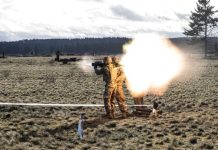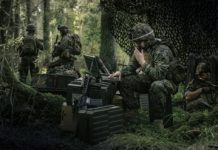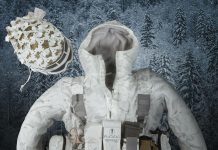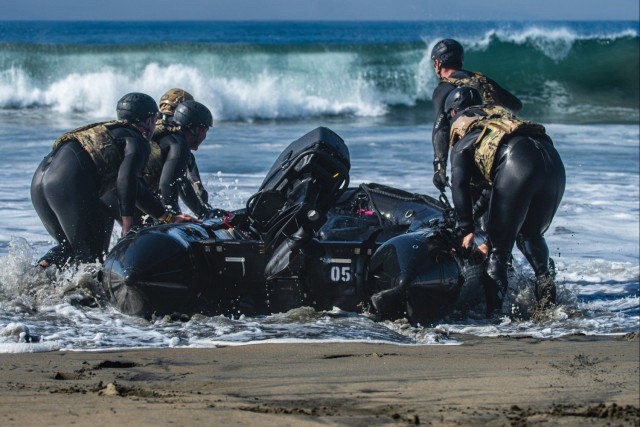
CAMP PENDLETON, Calif. — In the uncertainty of the Pacific Ocean, combat divers assigned to 2nd Battalion, 10th Special Forces Group (Airborne) successfully completed their annual dive requalification exercise on Oct. 10 – 27, 2023.
With overcast skies, fast winds and cold waters, the combat diving teams planned and executed multiple maritime operations, enhancing their effectiveness in various tactics and procedures.
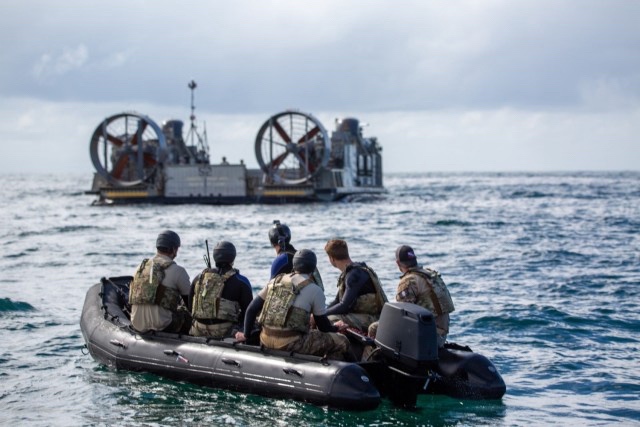
“We want to familiarize our divers [old and new] with different team tactics and procedures as well as exposing the team in a progression and operational glide path,” said a team captain. “We test ourselves in more advanced and punishing conditions such as intense surf, cold water, low visibility and an overall more demanding environment.”
During the 17-day training period, the two combat diving teams initiated their preparation by acquainting themselves with the Zodiac, a boat used within special operations, and diving equipment. This familiarization helps combat divers develop confidence and comfort with their equipment.
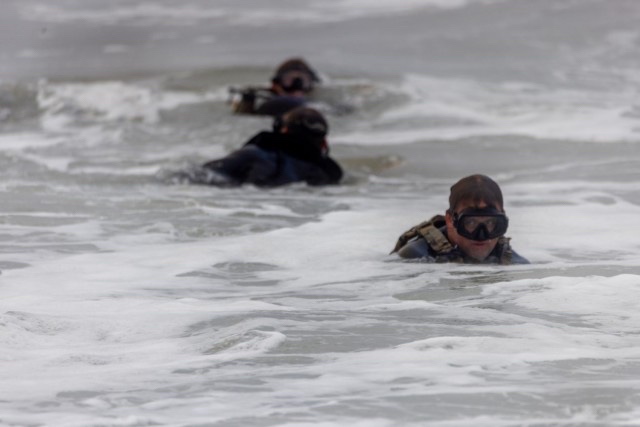
The teams then carried out a series of exercises focused on extensive swimming, beach landing techniques, infiltration, extraction, navigation at depths reaching up to 120 feet beneath the water’s surface and long-distance navigation. Some of these operations were conducted in daylight and under the cover of night.
By being proficient in these skills, combat divers can use their abilities as a method of infiltration to access target points in real life operations.
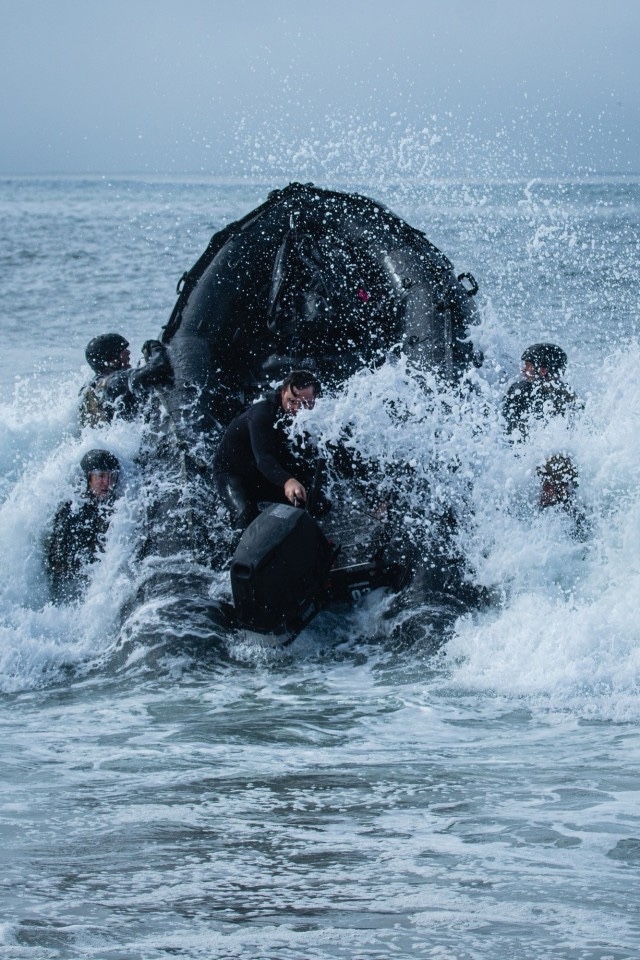
“For us [combat divers], diving is an ability and a skill to apply on unconventional warfare settings, which is our expertise as Green Berets,” said one of the team sergeants. “It makes Green Berets calmer and more lethal underwater and even more in any real-world situations.”
The divers also had the opportunity to work alongside the U.S. Navy, performing long range movement. This tactic is used to infiltrate target points within the intercoastal or coastal waters.
The teams also took advantage of practicing with a landing craft air cushion, or LCAC. The LCAC is a type of hovercraft used to carry out smaller boats for longer distances in more demanding conditions to complete this exercise.
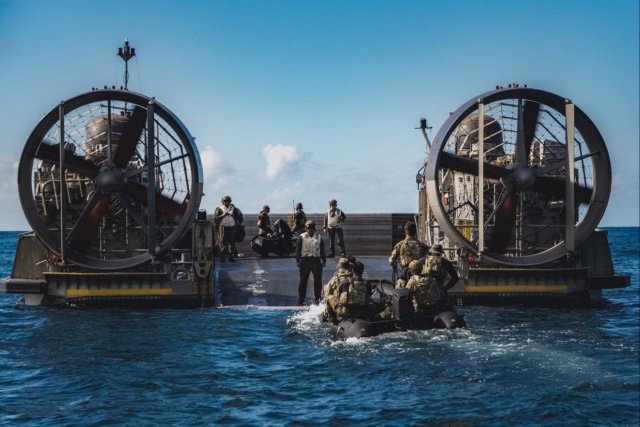
“We are always looking to do joint exercises with other U.S. military branches and even with partner allies,” said a team captain. “Today, we had the opportunity to work with the U.S. Navy in this operation and it was a success.”
Lt. Col. Matthew Mesko, 2nd Battalion, 10th SFG (A) commander, emphasized the importance of mastering different operation domains as the special operations command finds new ways of mitigating operational strategic threats in the maritime domain.
Green Berets defy the belief that they excel only on land; they excel in maritime environments too, proving their expertise in any conditions.
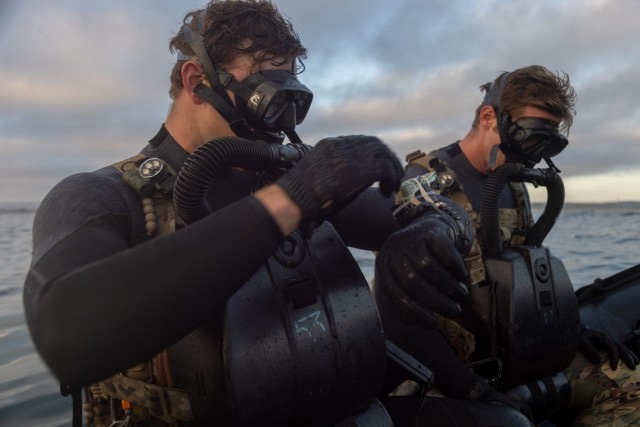
“Our teams here are practicing their mastery in waterborne infiltration methods, improving their lethality across all kinds of domains,” said Mesko. “10th SFG (A) has a proud track record of presenting the best maritime dive capabilities. These gentlemen right here work hard to foster and cultivate that reputation within the country and with our allies.”
An old saying tells that water is unforgiving, however, these elite warriors operate silently and unseen in both, the shadowy depths of the water, and the unpredictable demanding surface. They represent a unique and highly specialized branch of the U.S. Army and the Special Forces Operations Command.
Photos and Story by SGT Luis Solorio
Photos by SSG Isaih Vega
You can skip to the end and leave a response. Pinging is currently not allowed.


